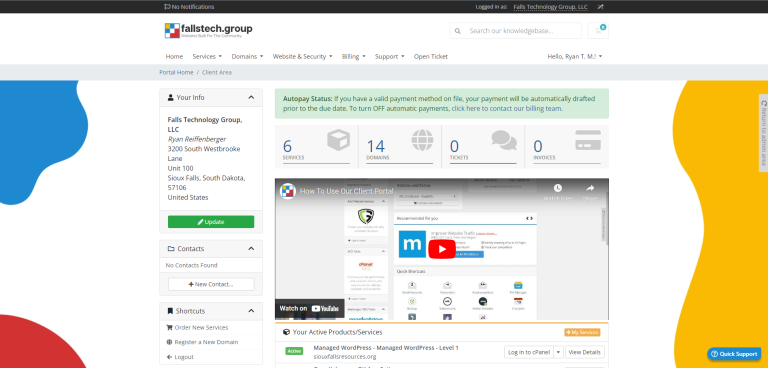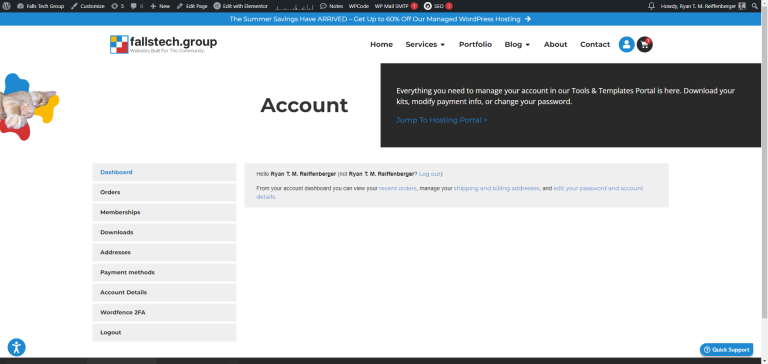
Web hosting is an important part of any website process and is the first step to getting any site online. So why is there such a variation in pricing between different providers? To understand why the ranges seem so large, and how companies can get away with charging pennies for hosting, we have to dive deeper.
One of the things my mother used to tell me was “You get what you pay for”. While this is not necessarily always the case, it does ring true for a few things – particularly web hosting. One thing to note though is just because the price is high doesn’t mean the service is great. Alternatively, when the prices are low – you must ask yourself; “Why is the price so low, and how can they afford to keep their business running with such low prices?”
Low-Cost Providers
When looking at ‘penny-providers’, you will usually sacrifice a few different things. These are providers that strive to reach the bottom-line of pricing for their industry, and stay competitive by keeping their prices low. Here are some of the pros and cons of working with a low-cost provider.
- Low-cost overhead
- Commonly offer Pay-For-Usage Metrics
- No Additional Cost for Support – Usually Self Managed
- May have Lower SLAs that may impact uptime
- May have Slower Support – Or Be 100% Support Free
- Typically there is Resource Performance Throttling
- Commonly Small Resource Allotments
- Sometimes have ‘Add-on’ bills for extras
- Usually No CDN Availability
In certain cases, these can be a great offering, especially if you’re into managing your servers or your hosting environment yourself. People who are familiar with interfaces such as cPanel or Plesk may find this to be a beneficial option for them, provided that they have the tools to troubleshoot if things go wrong. However, on the other side of things – a server outage can be completely out of control, and if support is difficult to reach promptly, problems that occur outside of your control may be difficult to resolve as a result.
We are also seeing this occur more commonly as well with big-name providers that are too large to provide individualized support or that sell large amounts of services and have small staff bases. Additionally, companies may charge additional fees here and there to ‘nickel-and-dime’ users for exceeding their allotted bandwidth or disk space.
Medium-Cost Providers
Moving up a little bit, we look more closely at medium-cost providers, which scale a little bit up in pricing. These providers sometimes offer additional support packages for WordPress, or for the server itself. Commonly, you will see these providers pair offerings with backup and support plans which end up raising the price a little bit. These providers will commonly have more offerings and more amenities. Additionally, you may see that the user interfaces for managing your website are easier to use, or that more effort may have been put into it. Some Pros and Cons:
- Usually More Responsive Support
- Larger Storage and Resource Capacities
- Tools May Be Better Integrated
- Additional Support Options Available
- May Cost More per Month/Year
- Support May Not Be Available 24×7
- Support May Not Be Multi-Lingual
- Can Sometimes Get Confusing With Billing
- Support Quality May Still Be Lacking
This is where most businesses and established professionals will find themselves. These companies usually have a comfortable offering with both support and performance to match the levels of sophistication of what project is being brought to the table. These companies may also have lower-cost options as well, which just adds to the benefit of working with them.
Increase WordPress Performance For FREE With These Tips!
Sign up for our FREE email series and improve your website load speeds!
High-Cost Providers
When working with a high-cost provider, you’re obviously asking yourself what you’re paying for before signing on the dotted line. But what is it like, and why would you want to work with a high-cost provider? There are several different reasons. For instance, you could be building a web application that is used by Doctors and Healthcare offices that requires minimum uptime compliance and HIPAA security – both of which cost time and money for the hosting company. Alternatively, you could be running a multi-thousand dollar a month online business that processes a high volume of transactions and requires high security – which also cost both time and money for the hosting company.
When working with a high-cost provider, here are some of the pros and cons you may experience:
- Uptime Guarantees are Very High
- Typically 24×7 International Support
- Traditionally High or Unlimited Bandwidth Allocations
- Almost Always Has CDN Availability
- Compliance-Trained Teams
- High Monthly Or Annual Costs
- Multi-Month Or Multi-Year Commitments May Be Required
- Minimum Purchase Requirements May Be High
So Which Is Best For You?
Ultimately you will want to take the time to evaluate your own project and make a determination of what your top three critical needs are. Once you have that figured out, it’s much easier to pre-qualify web hosting companies and determine if they may be a good fit for you. As always, if you have any questions you are welcome to drop us a line.






